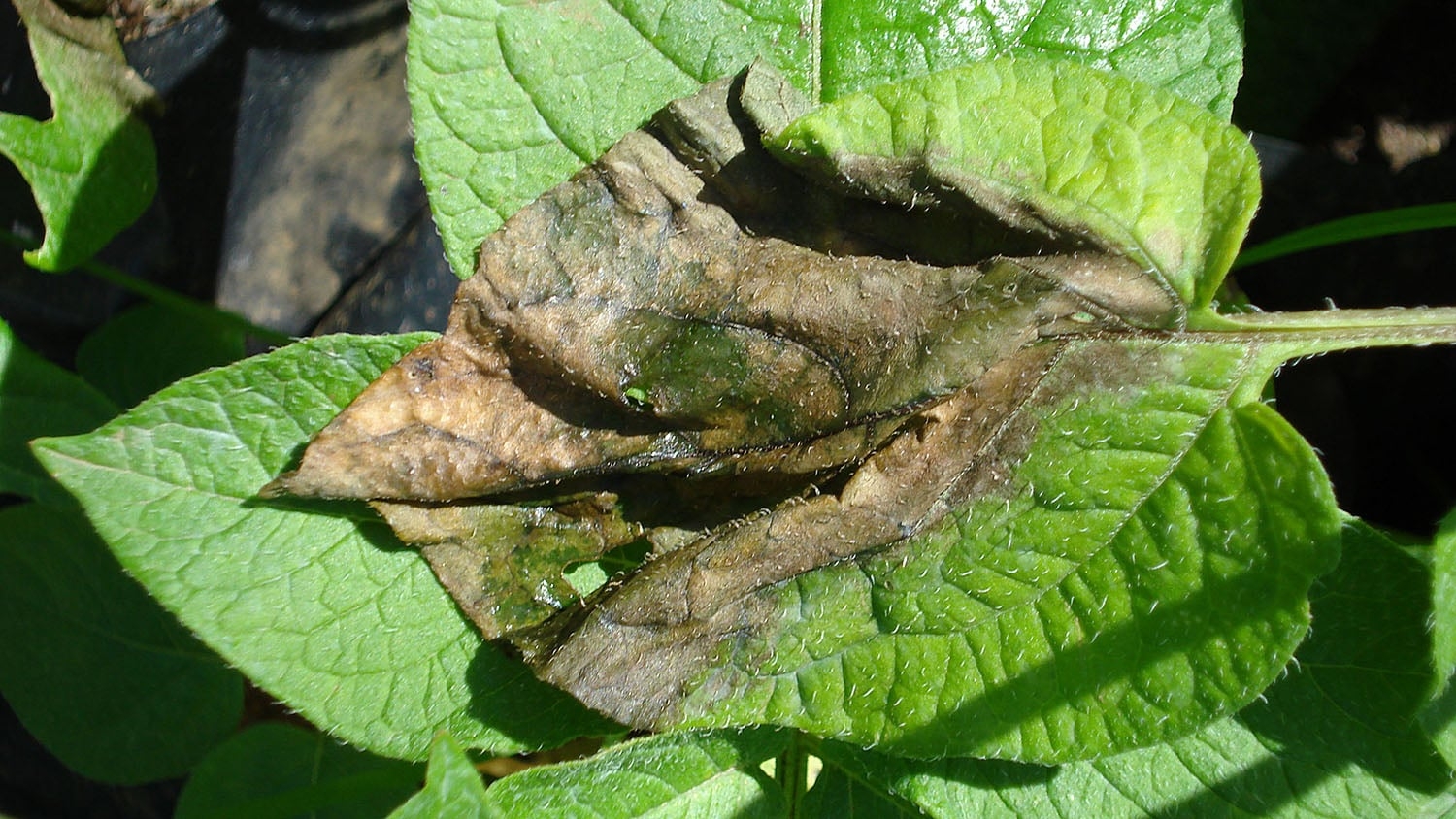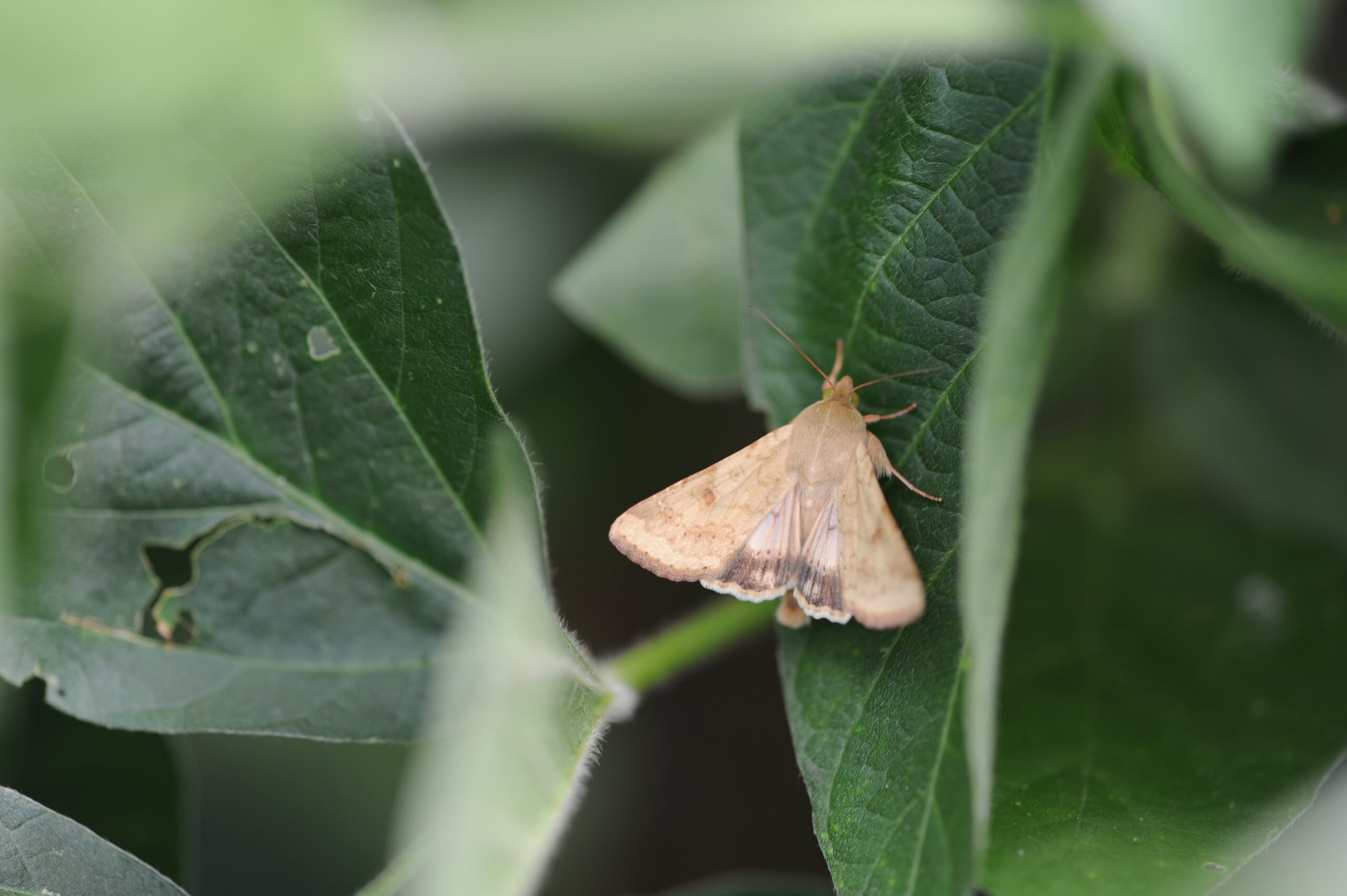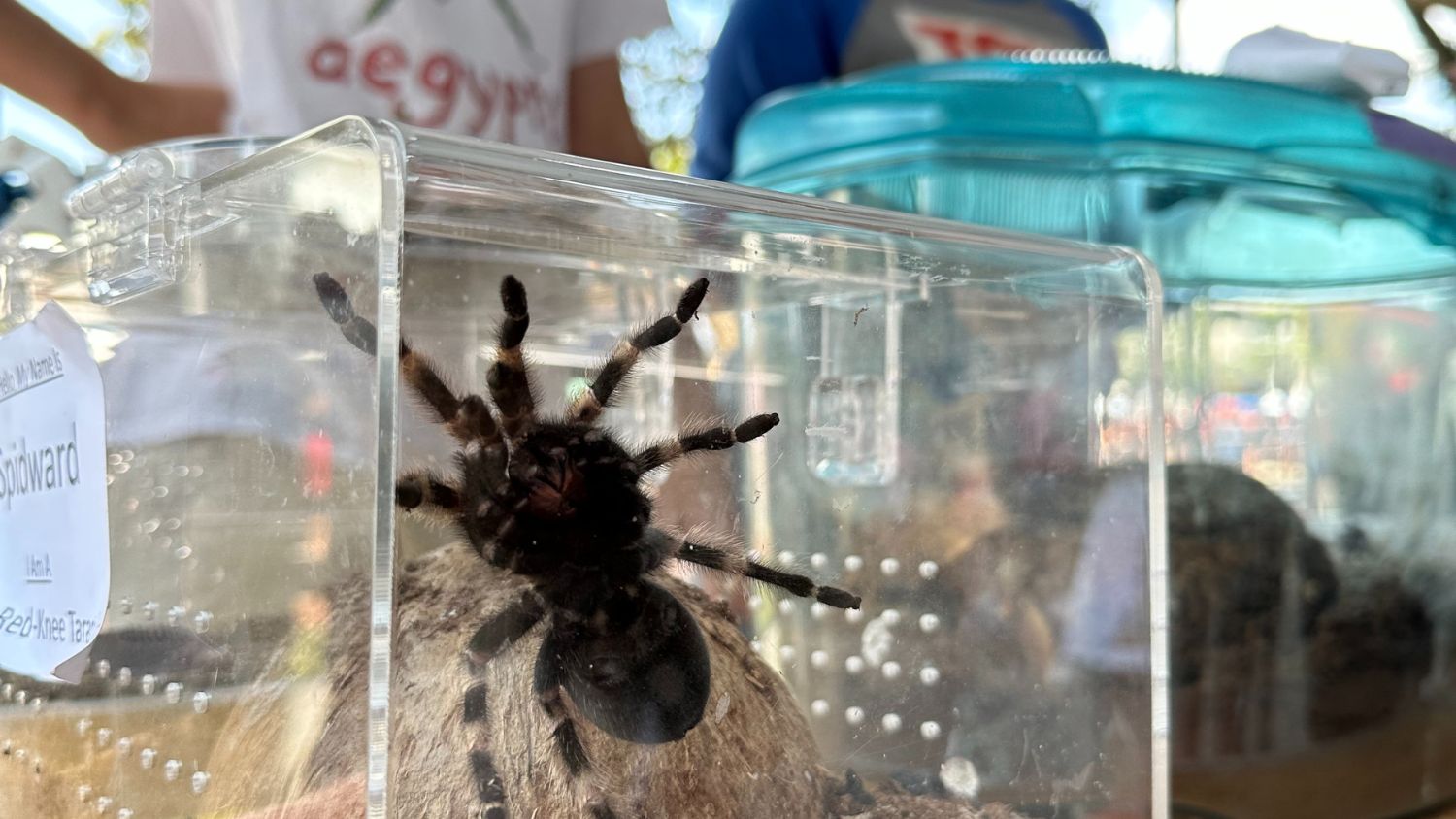Aurora Toennisson: Exploring Space and Sharing Science
When NC State graduate student Aurora Toennisson was young, she wanted to be an astronaut. She was fascinated with outer space and longed for the opportunity to explore all that it had to offer. But as she learned more about life on Earth, she shifted her interests.
“There’s a hidden ‘alien world’ everywhere,” Toennisson says. “Why be an astronaut when you can explore all this amazing stuff that’s on Earth?”
Finding Her Fit in Space Biology
Toennisson didn’t have a straight flight to plant biology. She explored many different areas before landing in Imara Perera’s lab within the Department of Plant and Microbial Biology. She enjoyed making films as a hobby in high school, but also thought she’d enjoy designing products for NASA.
“I switched from engineering to film at college orientation without even taking an engineering class just because I felt like it might be a better fit for my interests,” says Toennisson.
As a way to combine her interests, Toennisson made science-related art, which pushed her to work in an entomology lab for a summer. She enjoyed the experience so much that she decided to pursue biology instead. Toennisson graduated with an undergraduate degree in biology with a concentration in ecology and evolutionary biology and a master’s degree in entomology from the University of Tennessee in 2009.
Toennisson then worked for a couple years on a small farm where she learned about agriculture systems. She later joined an NC State agricultural entomology lab before deciding to pursue her doctorate. She joined Perera’s lab in 2020 and received funding from the NC Space Grant in 2021.

“I was impressed with the quality of the Department of Entomology and Plant Pathology that I was in when I was working in entomology, and I was hoping that that same kind of quality was there with other departments,” says Toennisson. “When I came to the grad student recruitment event, I noticed the Department of Plant and Microbial Biology had the nicest folks. Not only were their research interests aligned with mine, the classes were so fascinating, my research interests really aligned well with Dr. Perera’s, and there were other people here who do space biology research, too.”
Pursuing a Graduate Degree as a Non-Traditional Student
After taking time off from school, Toennisson was hesitant about returning, but her boss at the time was pursuing another opportunity so it felt like the right decision.
“I thought, ‘Maybe this is the universe’s sign that I should go ahead and pursue that dream of trying to do space biology,’” says Toennisson.
She had been participating in space-related “amateur” citizen science projects, including space-themed robotic legos with her son and a citizen science high altitude ballooning experiment, and she knew she’d enjoy learning even more.
Sharing Her Science with Others
Toennisson’s research is focused on how plants respond to microgravity and how they determine orientation. She is also interested in how growing plants in an unfamiliar environment like space relates to agricultural practices here on Earth.
“The ability to communicate your science is valuable no matter where you’re doing science.”
“I’m interested in cutting-edge sustainable ag solutions because I’ve realized you have to have a really strong idea of how some of the mechanisms work in order to tweak them right,” says Toennisson. “Space biology is really interesting to me, both because I like space, and because the kind of technologies that would be useful for space flight are also really useful for improving sustainable agriculture on Earth.”
Toennisson is also interested in science communication and has two blogs: The Biologist’s Garden and Sprouts in Space. The Biologist’s Garden focuses on the “really cool world in your backyard that people don’t necessarily appreciate.” Toennisson started the blog when she was working in the NC State entomology lab as a way to improve her science writing skills and build on her existing photography and filmmaking skills.
She started the Sprouts in Space blog in 2020 to share the high altitude ballooning experiments with other hobbyists, as well as to document educational activities for science educators. Toennisson now uses the blog to share her space biology research.
“Because I’m surrounded by scientists, I incorrectly assume that science literacy is much higher than it is. Telling science stories that people find interesting and understandable, no matter their background, is important,” says Toennisson. “The ability to communicate your science is valuable no matter where you’re doing science.”
The last two years certainly haven’t been easy for Toennisson as she juggles teaching, studies, research and volunteer obligations, but she urges other non-traditional students considering going back to school to not let fear hold them back.
“If someone is interested in pursuing a degree as an older student and they have the opportunity to do so, I would strongly encourage them to do it because it’s been really rewarding.”
This post was originally published in College of Agriculture and Life Sciences News.


